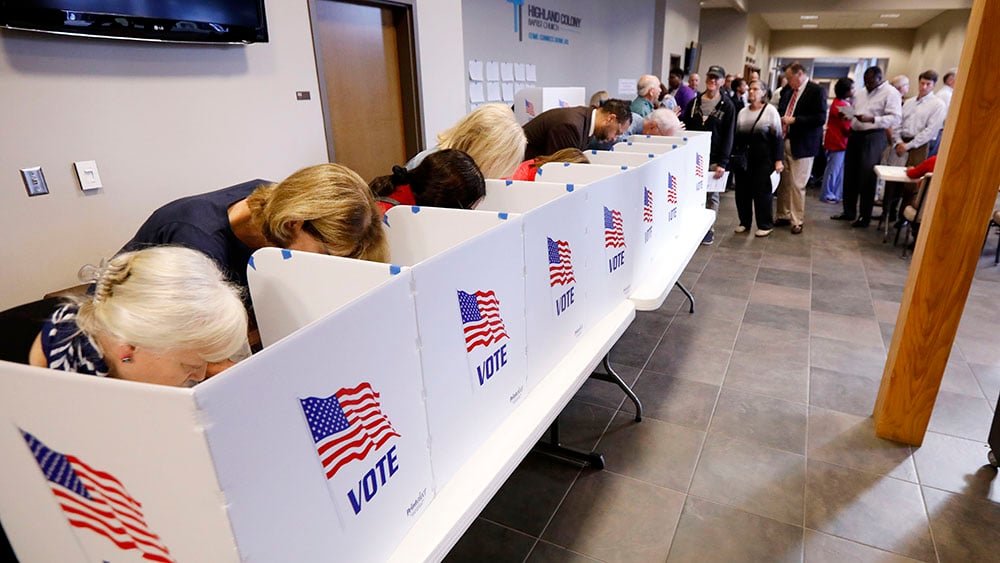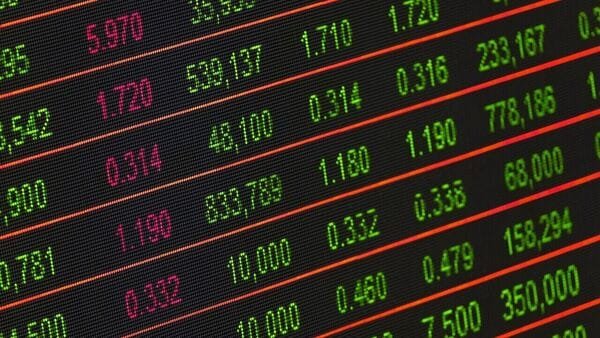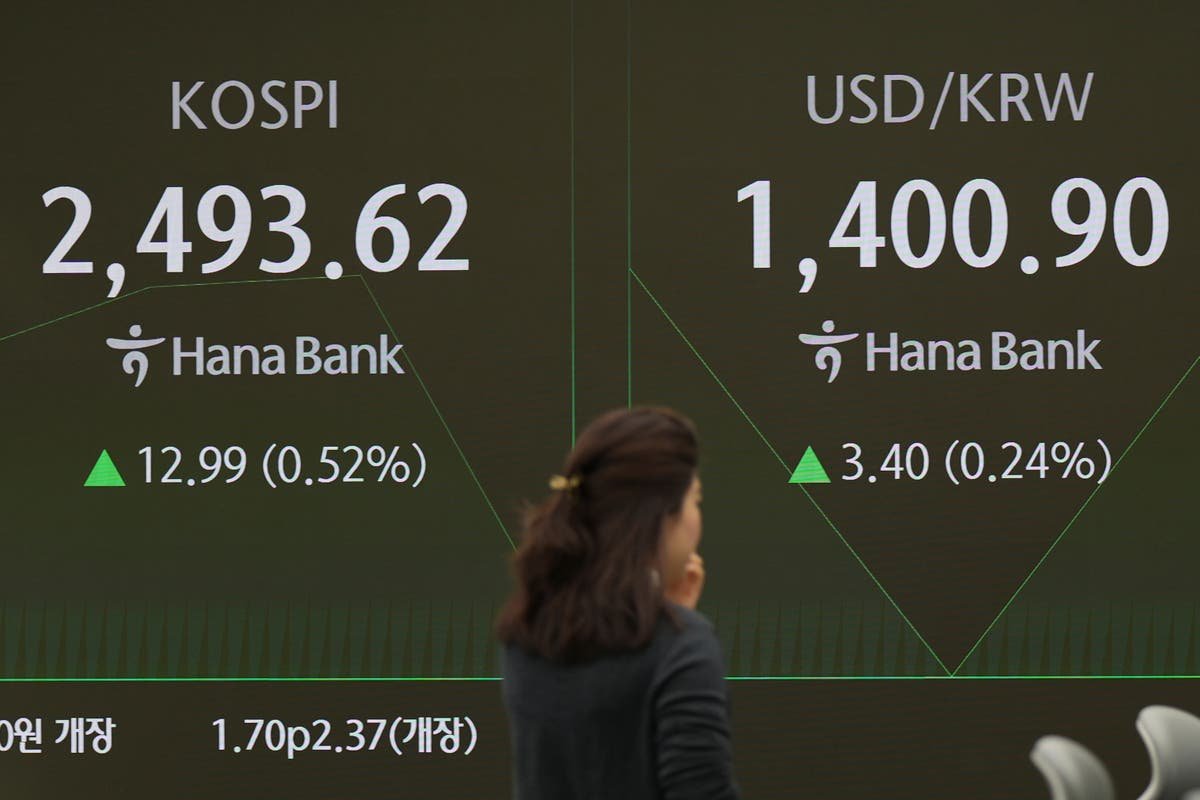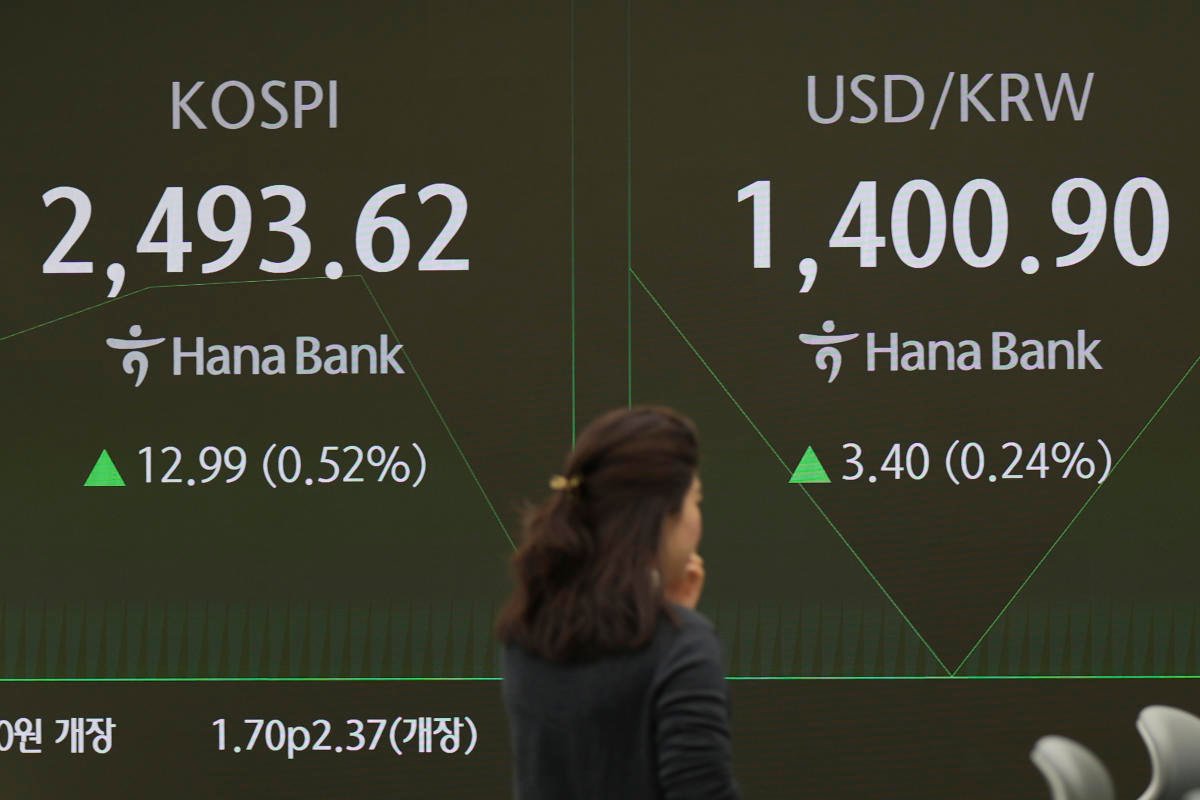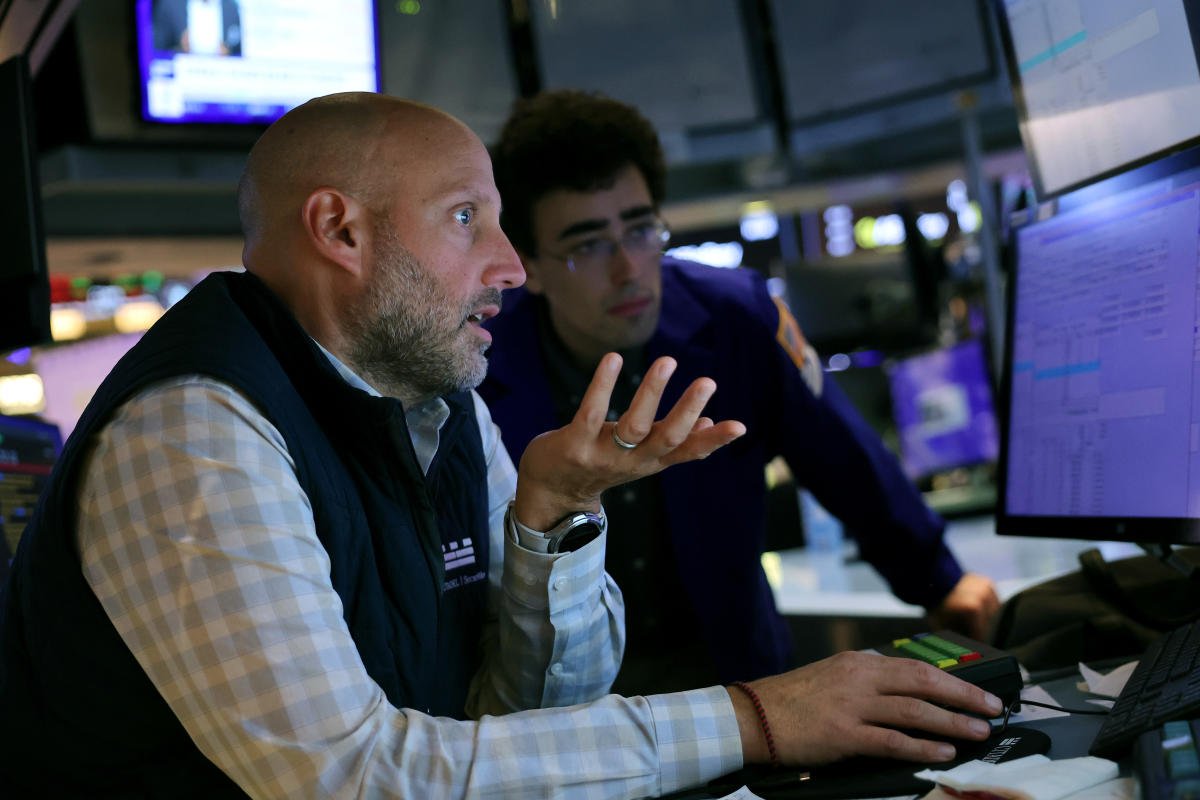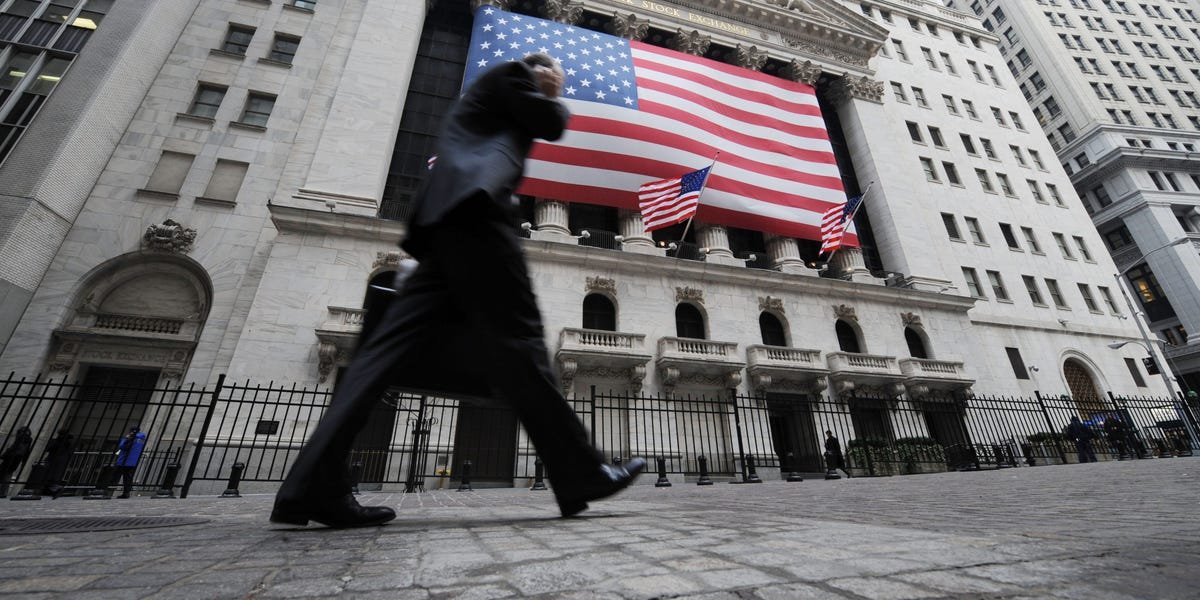An election year market could supercharge trader portfolios — as long as investors don’t get distracted.
X
Rather than being a traditionally weaker month for markets in the first half of the year, February’s good track record — especially after a strong January — could give investors the chance to tweak their holdings. “It would probably give people a good opportunity to adjust portfolios and do some more buying,” Jeffrey Hirsch, editor of the Stock Trader’s Almanac, tells Investor’s Business Daily’s “Investing with IBD” podcast.
Among the list of events leading to the upside potential for stocks: The Fed’s reduced significance to markets, election year market patterns after a president’s first term and continued market seasonality after a strong start to the year. “For now, the bulls are in charge,” said Hirsch. “And I think they’re going to stay that way.”
Audio Version Of Podcast Episode
Not Your Father’s Fed
The Fed’s next move on interest rates might be taking a back seat for traders. “I don’t know if the market is really driven so much right now by the Fed,” said Hirsch.
Fears about the timing of the Fed’s expected rate cuts are likely unfounded in an election year market, especially as a soft landing comes into view, according to Hirsch. He says it’s likely the Fed will keep rates unchanged for now as inflation cools and the economy slows. “I don’t think they’re in any big rush to do any cutting.”
Its success in engineering a soft landing may have also emboldened the Fed itself. “They are leading the bond market, not following it,” said Hirsch, adding that “this time is different because it’s a different Fed.”
Election Year Market Might See A Boost
Hirsch says that ousting an incumbent president can help boost the stock market — regardless of which party is incoming or outgoing. “When you have an unpopular president ousted, there’s something I jokingly call the ‘ding dong the witch is dead’ effect,” he says. “You get a bounce after that unpopular president is ousted.”
Market seasonality can also help predict the odds of an incumbent president staying in power, says Hirsch. If things go well in the first five months of an election year market, the incumbent party tends to win, while a stock market that performs poorly may mean an incumbent is ousted.
Stick To Your Stops Anyway
For traders setting sell rules and stops in particular, Hirsch says it’s important to respect those limits when they come up. “Our philosophy is that if the stock or ETF or whatever closes below our stop level, then you sell it the next day.”
Hirsch says the rule is particularly significant when accounting for market seasonality, a key part of the Stock Trader’s Almanac. “We’re going to stick with our seasonal trade most likely without a stop until we get into April,” said Hirsch.
The rule echoes a core tenet from IBD founder Bill O’Neil, who advises in his book “How To Make Money In Stocks” that a common mistake among investors is not following their own buy and sell rules. “The soundest rules you create are of no help if you can’t develop the strict discipline to make decisions,” O’Neil writes.
Check out this week’s podcast for a look at what’s driving the supercharged uptrend in markets.
Follow Mike Juang on X at @mikejuangnews and on Threads at @namedvillage
YOU MAY ALSO LIKE:
IBD Live: Follow The Market With Investing Experts
Three ‘Buy Now, Pay Later’ Stocks That Are ‘Game Changing’ Investing In Consumer Strength
Think Bitcoin Could Go ‘To The Moon’ In 2024? Read This First.
A Second Chance At NOW Stock Is Approaching. Here’s When To Get In.
MARA Stock Is Sputtering After A Jaw-Dropping Move. Why The Window To Lock In Gains Is Closing Fast.

